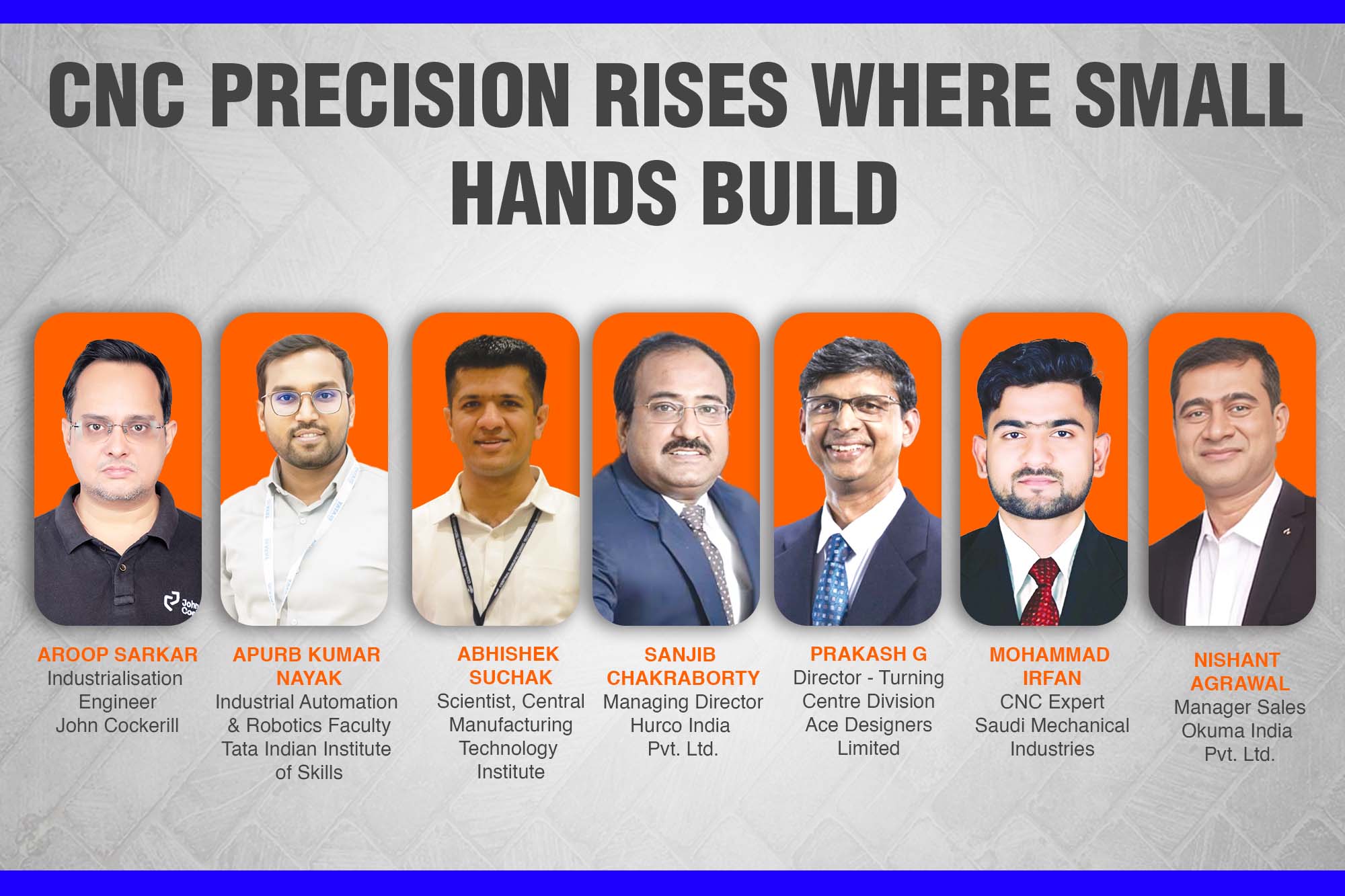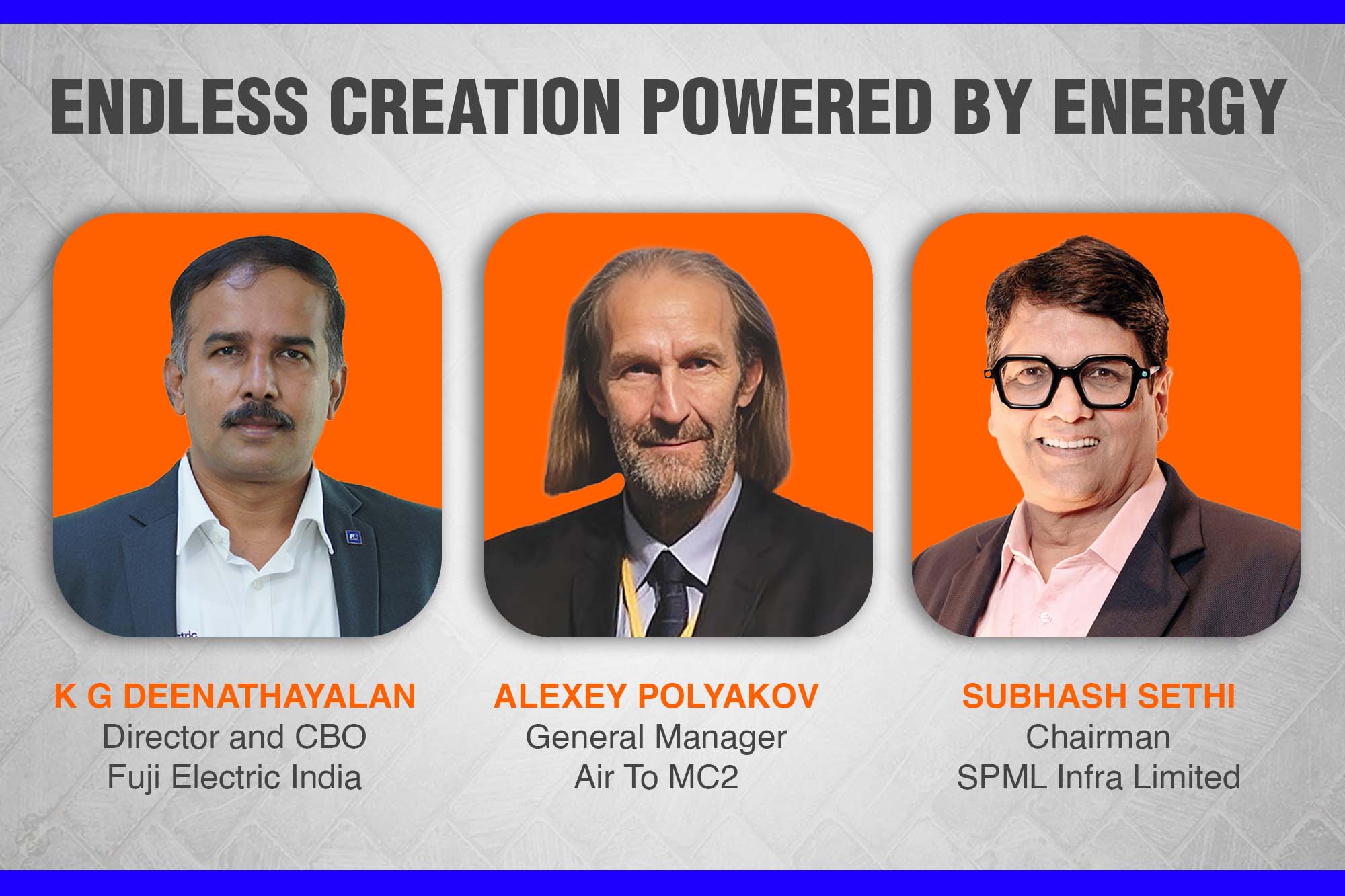Smart motors and gears are here
By Staff Report October 30, 2024 1:52 pm IST
The advent of technology has created space for exploring minor details and for bringing impactful change. A shift in the design of motors and gears can change the whole workload of the machine, and automation improves energy efficiency, reduces downtime, and lowers carbon footprints. Advanced gear designs and software tools further smooth production.
Visualise a world where manual checks or routine maintenance no longer limit motor control systems. Motor control has evolved thanks to IoT (Internet of Things) and digital twin technologies. Real-time monitoring, predictive maintenance, and automation are now within reach, allowing operators to remotely oversee and manage their plants.
Picture this: IoT-based motor controllers that let managers adjust motor speed, torque, and energy consumption on the fly based on actual conditions. This level of control increases efficiency across every stage of production. When these technologies come together on a system-wide scale, the impact is powerful. They work in sync to minimise downtime, cut maintenance costs, and create a smoother, more flexible production process. The result is more than just cost savings—it’s a boost for both the environment and the bottom line.
But the benefits don’t stop there. Energy-efficient transmission systems complement this innovation, reducing a facility’s carbon footprint by reducing energy use and power demand. These systems limit resource usage, decrease heat generation, and reduce emissions from auxiliary equipment. They also pave the way for renewable energy integration, meeting environmental standards and promoting sustainable practices throughout the manufacturing process. This combination of technology and sustainability is reshaping the future of manufacturing, making it smarter, greener, and more efficient than ever.
Challenges
Sanjeev Arora, President of Motion Business at ABB India, shares that SMEs, including motor manufacturers, may face challenges in upgrading infrastructure and adopting new technologies required for higher efficiency standards like IE4 or IE5. The Indian government has recognised these challenges and is facilitating gradual transitions to higher standards. The focus should be on improving manufacturing processes and adopting sustainable raw materials and advanced technologies. As India draws insights from global leaders like China and Europe, the transition can be managed without disrupting existing businesses.
Despite the advancements, seamless synchronisation between gears and motors in automation setups is a lasting challenge. Precise motor speed, torque, and gear ratio coordination prevent mechanical inefficiencies and damage. Variations in load conditions lead to performance fluctuations, complicating consistent operation.
Advanced control systems and automation technologies can tackle these challenges with real-time monitoring and dynamic synchronisation. Proper maintenance suitable to operating conditions can provide users with the efficient performance of gears and motors. Technical support and customised solutions further assist in integrating these systems into their specific industrial applications, mitigating operational disruptions.
Impact of gear design
Improvements in gear design are known to reduce power losses in transmission systems. Advanced gear geometry minimises friction and wear, saving energy lost due to heat and mechanical resistance. The use of lightweight materials and precision manufacturing also lowers inertia while enhancing alignment. These design innovations have led to extended gear lifespans, reduced maintenance needs, and improved overall transmission efficiency.
Mahendran M, Proprietor of NextGenGears, shares that gear geometry calculations have significantly improved transmission error and loss understanding, including optimal tooth profile sizing, module selection, helix angle, centre distance, material selection, tooth contact, load distribution, and dynamic behaviour under operational conditions. The knowledge of the design enables the implementation of effective power loss mitigation strategies, supported by innovative research and development efforts exploring new materials, designs, and engineering processes.
Advanced analysis tools are vital in gear design, as they minimise transmission errors and enhance overall performance. CAD/CAM/CAE software, FEA, dynamic simulation tools, and system performance simulations evaluate gear interactions under varying loads and speeds, reducing backlash and improving mesh accuracy.
Shaft misalignment can result in uneven loading, increased friction, and premature wear, leading to power losses. Designs that enhance load distribution, such as wider gears or multi-stage configurations, can alleviate localised wear and reduce losses. Modern software allows for precise calculations and simulations of power losses due to friction, misalignment, and other factors, providing an overview of gearbox efficiency.
Smart motors for predictive maintenance
Imagine walking through a motor manufacturing plant transformed by automation. Companies like ABB India’s IEC low voltage (LV) motors business have made incredible strides in energy conservation. In fact, over the last five years, ABB India’s motors have helped Indian industries save over 500 gigawatt hours (GWh) of energy annually. How much is that? It’s equivalent to the yearly energy consumption of Sikkim, a state in northeastern India!And it’s not just the big cities—tier 2, 3, and 4 cities like Ahmedabad, Indore, Raipur, and Jamshedpur are catching on, too. With rising awareness of energy efficiency, more industries across India are switching to high-efficiency motors. As Mr. Arora points out, this growing trend towards advanced motor technologies reveals a clear preference for sustainable solutions in India. These energy savings? They’re a boost for both the environment and the economy.
Now, consider smart motors always “on the lookout” for issues. These motors use predictive maintenance strategies, constantly monitoring performance factors like vibration, temperature, and current. With advanced sensors and machine learning, they detect even the smallest irregularities, flagging potential issues early. The result? Less downtime, longer-lasting equipment, smoother operations, and enhanced efficiency throughout the production process.
Put it all together: IoT, digital twin technologies, energy-efficient systems, and smart motors are revolutionising the manufacturing landscape. They address challenges like making machines lightweight, reducing carbon footprints, and increasing energy efficiency, all while paving the way toward a more sustainable and productive future in manufacturing.
———————————————————————————————
Amit Deokule, Director – Sales & Marketing, NORD Drivesystems Pvt. Ltd
“IoT and digital twin technologies empower manufacturers to leverage motor control, reduce downtime, and improve their system efficiency, ultimately driving sustainable practices for their operations.”
Mahendran M, Proprietor, NextGenGears
“Optimising gearbox efficiency improved performance and conserves energy while reducing carbon footprints. Advanced technologies can help us create more sustainable industrial machinery and mobility solutions.”
Piyush Garg, Director, Balaji Switchgears Pvt Ltd.
“Achieving seamless synchronisation between gears and motors is essential. Also, advanced gear design and smart motors boost efficiency while enabling predictive maintenance.”
Sanjeev Arora, President – Motion Business, ABB India
The government is promoting the adoption of energy-efficient motors and is supporting SMEs through various initiatives. The government’s efforts help small-scale and medium-scale industries integrate newer technologies without the financial strain of a complete replacement.
Cookie Consent
We use cookies to personalize your experience. By continuing to visit this website you agree to our Terms & Conditions, Privacy Policy and Cookie Policy.
















